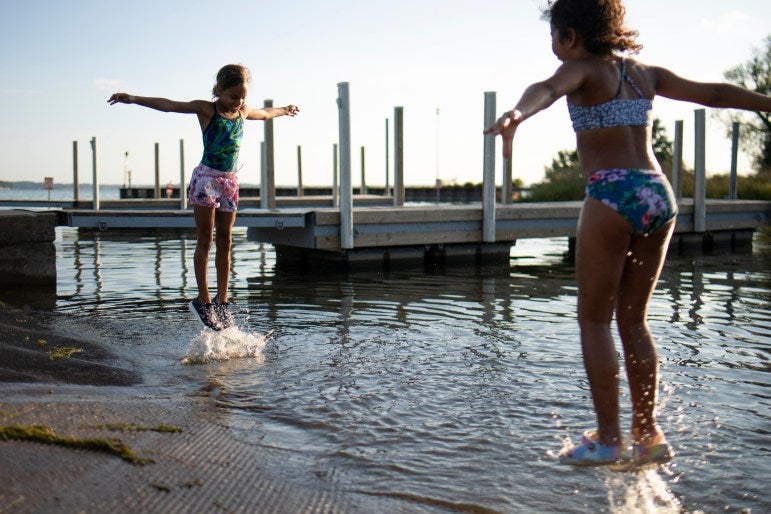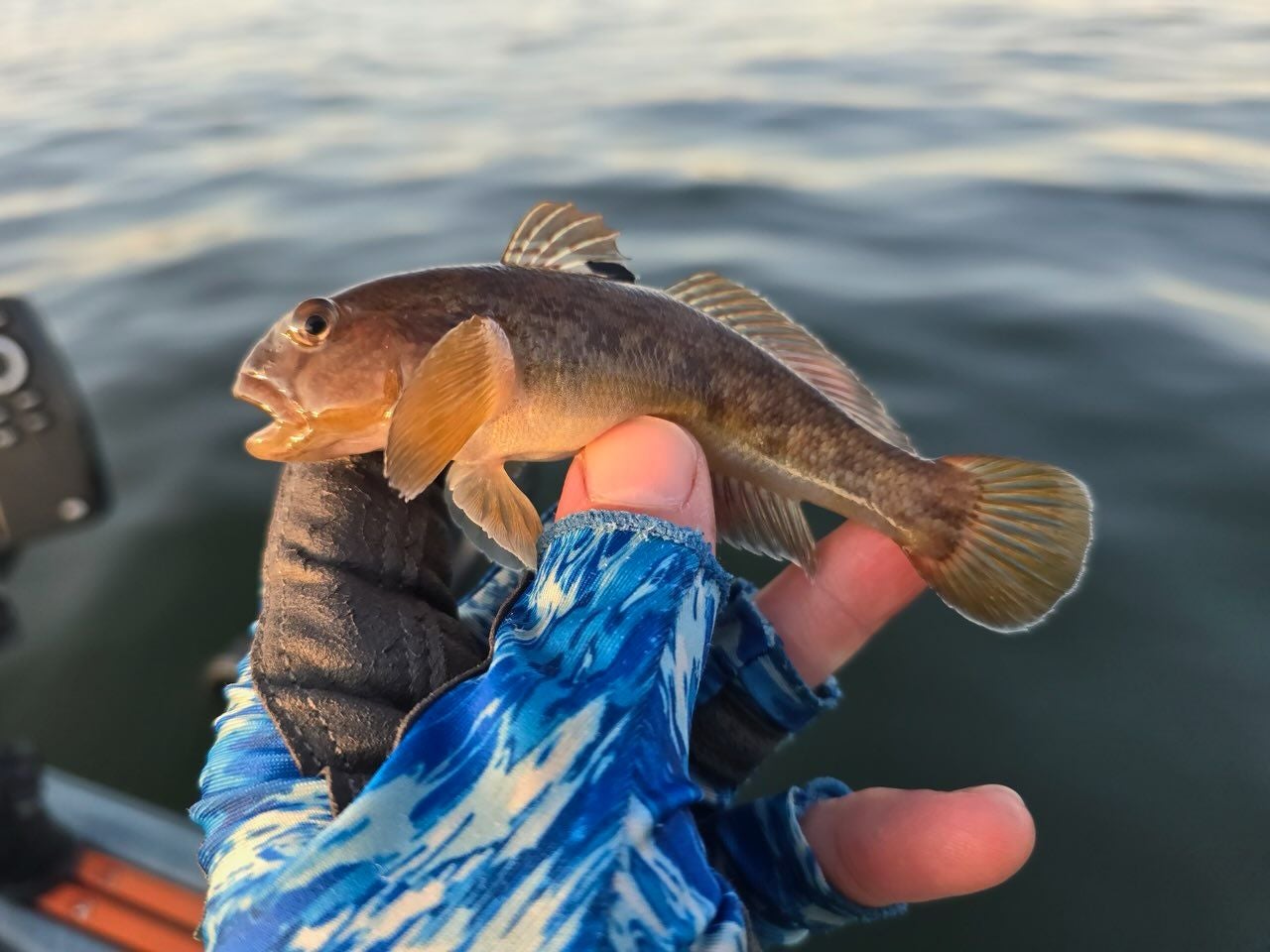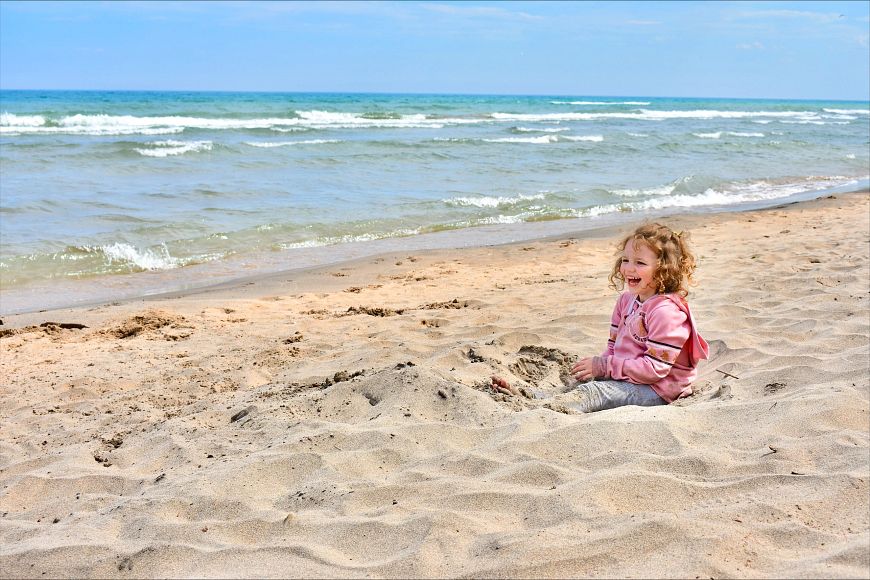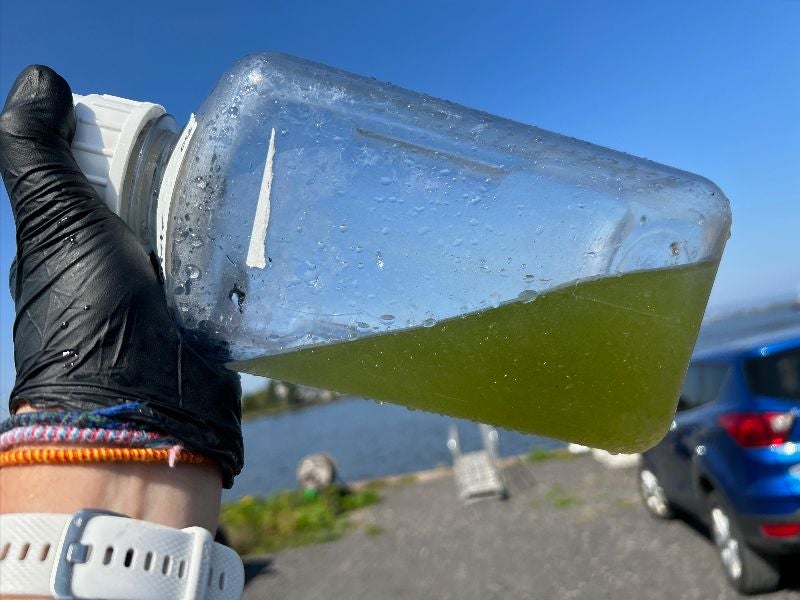Swimming season is underway, and the Wisconsin Department of Natural Resources is monitoring lakes for high levels of E. coli, algae and other contaminants so beachgoers can stay safe.
While several beaches around the state have been closed or under water quality advisories, the vast majority are currently open to swimmers, said Diane Packett, water resources management specialist and the coastal beach program manager for the Office of Great Waters at the DNR.
“I see a lot of green dots on our interactive web map. So we’re looking pretty good,” she said, alluding to the beaches marked “open” as of June 13.
Packett talked with WPR’s “Wisconsin Today” about how the department keeps track of water quality and how to stay safe.
The following has been edited for brevity and clarity.
News with a little more humanity
WPR’s “Wisconsin Today” newsletter keeps you connected to the state you love without feeling overwhelmed. No paywall. No agenda. No corporate filter.
Kate Archer Kent: Conditions can change so rapidly, one day to the next. Why is that?
Diane Packett: Well, there are a lot of reasons for E. coli conditions to change, and a lot of it is weather.
We have actually had a few more advisories and closures this year than we have in the past two years, but we’ve also had a lot of rain. And rain can cause runoff events, and that can increase the E. coli at the beaches.
KAK: How often is the water being checked and tested?
DP: That varies by beach. I have to give a shout-out to our partners with the local health departments and the Wisconsin State Lab of Hygiene, who do the testing and analysis at the coastal and inland beaches, respectively.
They test on a tiered monitoring system based on how heavily a beach is used and what its previous conditions are as far as water quality and also the availability of personnel and funds. Some heavily used beaches are tested as often as four times a week. And some, particularly in more rural areas are tested less, usually just once per week.
We have 197 coastal beaches on our beach list, and we’re monitoring 120 of them this year. There are thousands of lakes in Wisconsin, so we can’t test them all … and there are many health departments who do and fund their own testing.
KAK: If people want the DNR to check a beach that isn’t currently being assessed on the beach list, how can they let the DNR know?
DP: We have contact information on our website. A first step is also to reach out to their local health department, because health departments have the authority to close beaches for human health hazards.
KAK: Right now, there are several closures on the Great Lakes. There’s one Lake Michigan beach (and) two Lake Superior beaches. Can you talk a little bit about why contamination could be happening in such massive bodies of water?
DP: We sample at the area where a small child would recreate. We go in about knee deep to sample the water. It’s not like taking a sample out in the middle of Lake Superior. Those near-shore areas are more influenced by currents and winds and … runoff from the local urban areas.
KAK: How is climate change affecting the beach monitoring project?
DP: We see a lot of storm events happening. There were a number of beaches closed last year for dangerous currents.
Heavy rainfall events can wash away beaches, increase runoff and can influence algae blooms. Warming temperatures are one of the reasons that one can see more algal blooms.
KAK: How can we use our own senses to figure out if water is safe to swim in?
DP: If you see something that looks like paint spilled on the water or heavy floating scums, things that smell really bad, just don’t go in there.
It’s also a good idea to check the weather forecast to see which way the wind has been blowing, if it can blow things up against one particular shoreline.
And a lot of it is just common sense: shower off after you’re swimming, don’t swallow the water, keep an eye out, especially on small children and pets.







